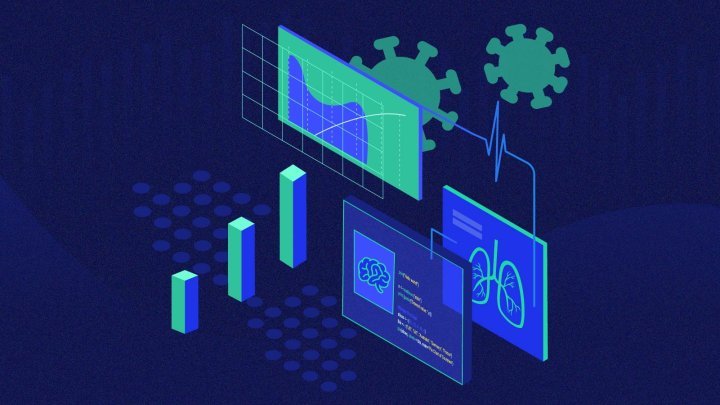Course Overview
The Data Quality – The Complete Course certification provides comprehensive knowledge of data quality concepts, principles, and techniques to maintain high-quality data. It emphasizes methodologies for continuous quality improvement and data governance strategies. The certification is vital to various industries such as health, finance, and technology, where reliability and accuracy of data are critical. It aids in ensuring data integrity, reducing errors, and improving decision-making processes. It also covers data profiling and cleansing, managing data quality in data integration, and using data quality tools. This certification helps in understanding, measuring, and improving data quality, thereby boosting operational efficiency.
Learning Objectives
The learning objectives of the Data Quality – The Complete Course would aim to equip learners with comprehensive knowledge about the concept, importance, and processes of ensuring data quality. Students would learn to identify and rectify common data issues, improve data quality by using proven strategies and tools, understand the regulations related to data quality, and interpret data quality metrics. They would also learn to design a data quality framework and implement data quality management in their organization. The course would provide them with the skills to become a key player in making data-driven decisions and ensuring the trustworthiness and efficacy of the data used.
Course Prerequisites
This course is intended for individuals with at least a basic understanding of data concepts. Prior knowledge will be helpful, but not required. Some topics that will be covered include data cleansing and validation, data standards and conventions, data validation and consistency, and data integrity. You must possess a basic understanding of the different types of data, including relational data, structured data, and big data. Familiarity with data modeling, databases, and SQL will also be helpful. Additionally, some knowledge of programming may be beneficial, as the course will involve the use of Python.
Target Audiance
- • Data professionals involved in data management and reporting.
- • Business analysts or consultants aiming to improve their understanding of data quality aspects.
- • IT managers or project leaders dealing with dataintegration or migration projects.
- • University students interested in datascience or information systems fields.
- • Professionals aiming to gain proficiency in data quality improvement strategies.
Schedule Dates
Medical Statistics Course
Medical Statistics Course
Medical Statistics Course
Medical Statistics Course
Course Content
- Introduction to Understanding Clinical Research
- About the course
- Observing and intervening: Observational & experimental studies
- Observing and describing: Case series studies
- Comparing groups: Case-control studies
- Collecting data at one point in time: Cross-sectional studies
- Studying a group with common traits: Cohort studies
- Let's intervene: Experimental studies
- Working with existing research: Meta-analysis and Systematic Review
- Doing a literature search
- Introduction
- Some key concepts: Definitions
- Data types
- Arbitrary classification: Nominal categorical data
- Natural ordering of attributes: Ordinal categorical data
- Measurements and numbers: Numerical data types
- How to tell the difference: Discrete and continuous variables
- Measures of central tendency
- Measures of dispersion
- Making inferences: Sampling
- Types of sampling
- Case study 1
- Working out the probability: Rolling dice
- Area under the curve: Continuous data types
- Introduction to the central limit theorem: The heart of probability theory
- Asymmetry and peakedness: Skewness and Kurtosis
- Learning from the lotto: Combinations
- Approximating a bell-shaped curve: The central limit theorem
- Patterns in the data: Distributions
- The bell-shaped curve: Normal distribution
- Plotting a sample statistic: Sampling distribution
- Standard normal distribution: Z distribution
- Estimating population parameters: t-distribution
- Case study 2
- Introduction to Hypothesis Testing
- Testing assumptions: Null and alternative hypothesis
- Is there a difference?: Alternative Hypothesis
- Type I and II: Hypothesis testing errors
- Introduction to confidence intervals
- How confident are you?: Confidence levels
- Interval estimation: Confidence intervals
- Parametric tests
- Non-parametric tests
- Regression models
- Exercise
- Introduction to comparing categorical data
- Observed frequencies: Contingency tables
- Comparing observed and expected values: Chi-square test
- Association between two variables: Fisher's exact test
- (Optional) Calculating chi-square test using spreadsheet software
- Measuring performance: Sensitivity and specificity
- Proportions of results: Positive and negative predictive values
- Introduction to risk and odds ratios
- Risk and odds ratios - Losses (Risk)
- Risk and odds ratios - Losses (Odds)
- Examples
FAQs
This course aims to equip individuals with the foundational knowledge and skills needed to understand, interpret, and apply statistical methods in medical research and practice. It enables participants to critically evaluate medical literature, make informed decisions, and contribute effectively to healthcare research.
This course is designed for healthcare professionals, researchers, students, and anyone interested in understanding the statistical aspects of medical research. It is suitable for beginners with little to no prior knowledge of statistics.
The course covers essential topics such as probability, descriptive statistics, inferential statistics (including hypothesis testing and confidence intervals), correlation and regression analysis, and an introduction to clinical trials and epidemiology.
No prior statistical knowledge is required. This course starts from the basics and gradually progresses to more advanced concepts, making it accessible to individuals with varying levels of expertise.
The course is typically delivered through a combination of lectures, practical exercises, case studies, and interactive discussions. It may also incorporate online resources and multimedia tools to enhance learning.

 4.9
4.9




